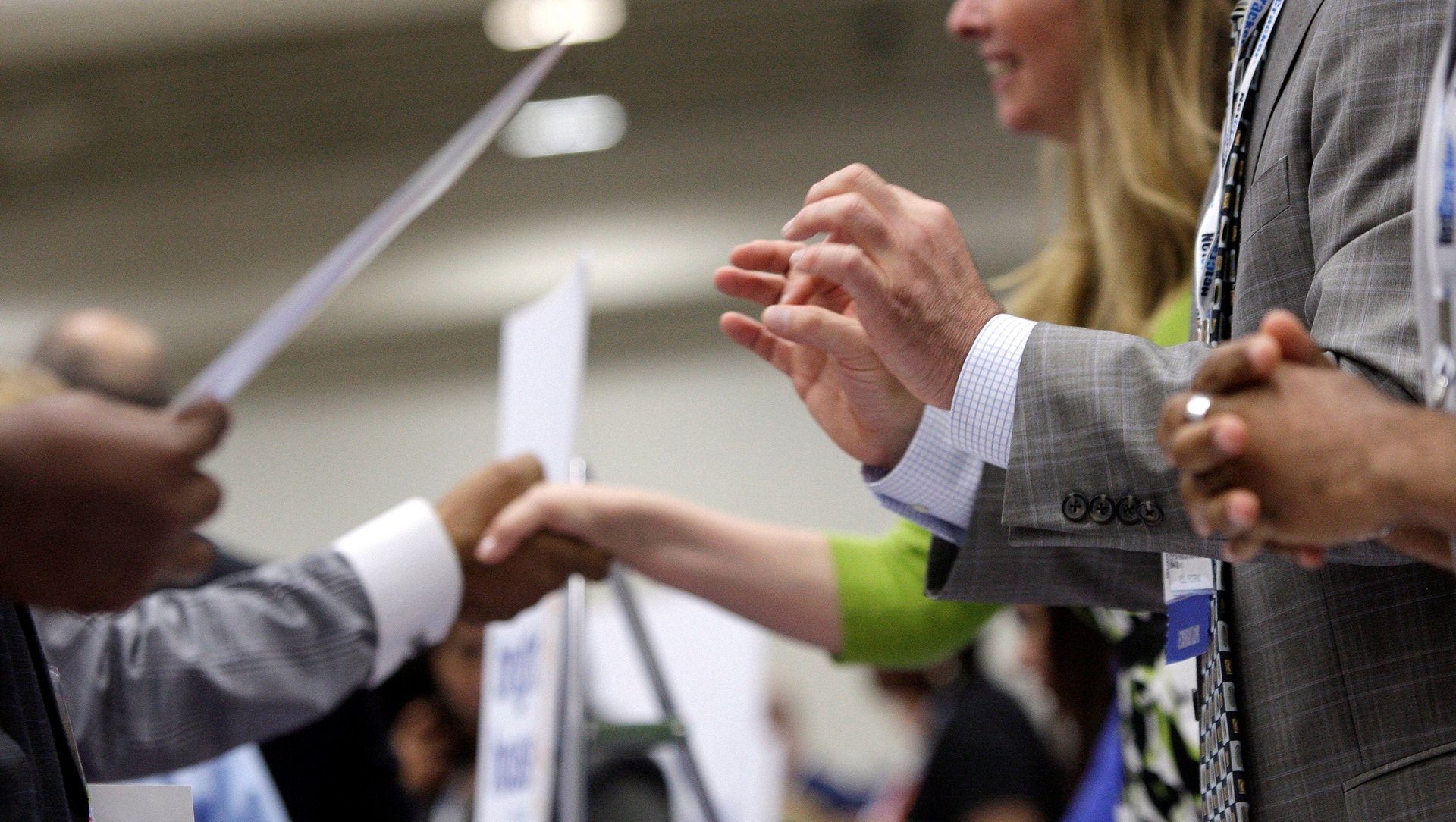To help skill the workforce, companies should change how they think about hiring
Most companies know they are not getting college grads who are ready to hit the ground running when they enter the workforce, and their corporate training dollars are often wasted on misaligned training focused on the wrong things. However, there are three ways that companies can skill the workforce:


Most companies know they are not getting college grads who are ready to hit the ground running when they enter the workforce, and their corporate training dollars are often wasted on misaligned training focused on the wrong things. However, there are three ways that companies can skill the workforce:
Move fast
Companies have traditionally been consumers of education and learning. They depend on universities to train the people they hire. Then, in the workforce, they expect their employees to learn on the job, with some management training thrown in. But, as the age of acceleration is moving ever faster, universities can’t keep up with teaching the latest technologies and methodologies. For example, when mobile software development became a highly desired skill, companies couldn’t rely on universities to teach students about the latest mobile technology, so it was left to them to build talent from within.
But, what if companies could become producers as well as consumers of education? Some companies are already doing this. For example, for decades General Electric, not Harvard, was known for producing the best leaders in its industry. Some of the best business training comes from the consulting firm McKinsey, not Wharton.
If we now think about technologies like cybersecurity, cryptocurrency, deep learning, and artificial intelligence, companies that are deeply immersed in these technologies could help people build skills for a specialty area and develop talent for a whole industry, not just for the company itself.
Don’t hire for pedigree—hire for real skills
If managers continue to hire based on signals besides skills such as what school their employees went to (Stanford or Harvard, for instance), their GPA, or the brand of the company they worked for previously (one of the big tech giants), the skills gap will persist.
Leaders need to elevate skills and what people can actually do over pedigree. The fact that someone got a degree in communications or economics from Columbia 10 years ago doesn’t tell you anything valuable about their skills today or what they can actually do. Hiring managers should focus on people’s ability and desire to continuously learn new things—learning agility should be top of the list of desired skills.
Once you hire them, help your employees stay hungry
Whether working with a new college grad or a seasoned professional, managers need to continuously challenge their employees so that companies can stay competitive. This means understanding that there is a cycle every employee goes through when they start a new job or assignment. According to Whitney Johnson, author of Build an A-Team: Play to Their Strengths and Lead Them Up the Learning Curve, “Everyone is on a learning curve, or an S curve, in their current role. Initially you are inexperienced, then you move into engagement, and then finally mastery.”
Companies can help employees stay engaged and hungry by understanding where their employees are on this curve. At the low end of the curve, typically between six months and a year on the job, people are the most inexperienced and still unsure about what they are doing. Johnson says, “You want to have about 15 percent of your workforce or your team at any given time at this low end of the curve of inexperience, because they are going to be questioning everything that they are seeing. And when they are questioning everything they are seeing, it often leads to a better way of doing things. So that’s the curve of inexperience.” Following this stage is the engagement phase of the curve, which lasts two to three years. This is where most people become more competent and confident. “You want to have about 70 percent of your team on this part of the curve at any given time,” says Johnson. “They know enough that they are capable, but not too much, so their neurons are still firing, but they are not yet bored. You manage these people by really looking for the stretch assignments.” During the mastery phase of the curve, “Your employee knows what they are doing, things are easy. The brain is no longer enjoying the feel-good effects of learning; they get bored.”
To keep employees hungry to learn and grow more, the mastery phase needs to become a launching pad to their next curve. As leaders and managers, we want them to become novices again, where they begin to question everything and wonder how to do things differently. Then they move into engagement again and the cycle starts over. The ideal workforce is made up of 70 percent of people in the sweet spot of engagement, 15 percent in the low end of inexperience, and 15 percent at mastery phase. As a company, if you are about to be disrupted, you should take the pulse of your workforce. Too many people at the high end of that curve leads to boredom and complacency. Bored and complacent people don’t innovate; they get disrupted.
This article has been excerpted from the book The Expertise Economy: How the smartest companies use learning to engage, compete, and succeed. It is published with permission from Nicholas Brealey Publishing.
.